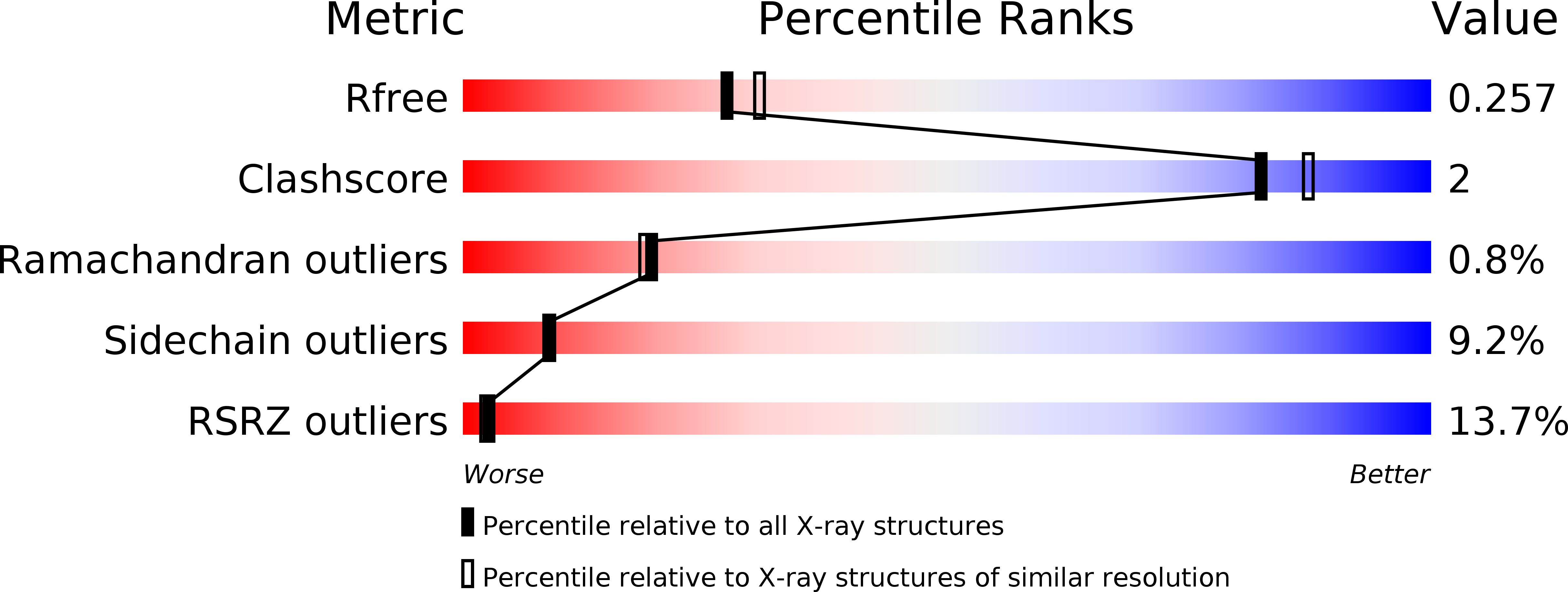
Deposition Date
2016-08-26
Release Date
2017-06-14
Last Version Date
2024-01-17
Entry Detail
PDB ID:
5T3O
Keywords:
Title:
Crystal structure of the Phosphorybosylpyrophosphate synthetase II from Thermus thermophilus
Biological Source:
Source Organism:
Thermus thermophilus (Taxon ID: 274)
Host Organism:
Method Details:
Experimental Method:
Resolution:
2.20 Å
R-Value Free:
0.25
R-Value Work:
0.22
R-Value Observed:
0.22
Space Group:
P 41 21 2


